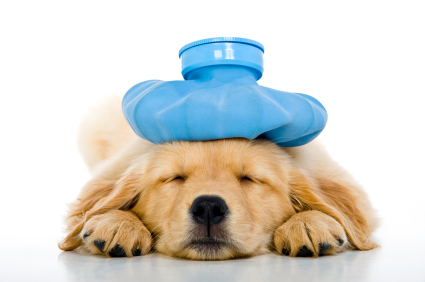Team:UIUC Illinois/Project/PuppyProbiotic
From 2014.igem.org
| Line 32: | Line 32: | ||
<br>In effort to solve this problem, our team looked at the biological cascade of caffeine and theobromine. Since our goal was to degrade caffeine into something less harmful, we looked to digestion. We uncovered that theobromine can in fact be degraded into subtituents that are less harmful, namely a cascade that converts it to uric acid, a molecule that the dogs could excrete as waste</br> | <br>In effort to solve this problem, our team looked at the biological cascade of caffeine and theobromine. Since our goal was to degrade caffeine into something less harmful, we looked to digestion. We uncovered that theobromine can in fact be degraded into subtituents that are less harmful, namely a cascade that converts it to uric acid, a molecule that the dogs could excrete as waste</br> | ||
| - | <img src="https://static.igem.org/mediawiki/2014/1/1b/Picture1.png" alt="Smiley face" width="500" height=" | + | <img src="https://static.igem.org/mediawiki/2014/1/1b/Picture1.png" alt="Smiley face" width="500" height="700"> |
Revision as of 01:53, 17 October 2014
Puppy Probiotics.
An Introduction
Imagine... Imagine drinking a cup of coffee. You stolidly sip your espresso and soon enough you feel a warm sensation cajole your body into getting that assignment done. However, you notice you're fidgeting uncontrollably, the room starts spinning and you begin to vomit. Ambulances, the noises are familiar, you've just seized. You're a dog.

What just happened?
Canines and many small animals are incapable of metabolizing theobromine and related stimulants as fast as humans can. Therefore, an excess of the stimulant builds up and begins to overstimulate the animal, thus leading to many malicious side effects. Ranging from slight nausea to death, consumption of these compounds are harmful for the animal. In fact, theobromine has been employed to ward off pests of the same genus as canines: "Results indicate that mixtures of theobromine and caffeine have the potential to be developed into a selective, effective, and socially acceptable toxicant for the control of pest coyotes."[1]
What can we do?
Problem solving
In effort to solve this problem, our team looked at the biological cascade of caffeine and theobromine. Since our goal was to degrade caffeine into something less harmful, we looked to digestion. We uncovered that theobromine can in fact be degraded into subtituents that are less harmful, namely a cascade that converts it to uric acid, a molecule that the dogs could excrete as waste

Please briefly describe the topics that you learned about (or will learn about) in your safety training. For all techniques listed, our lab required usage of gloves, goggles, lab coats, closed-toe shoes and long pants to minimize the amount of contact between us and the materials that are being used. Also, general aseptic protocols were adhered to when handling any lab techniques to prevent contamination. Our lab required us to go through a live training with a lab representative to learn proper handling and care of the autoclave.
Who is responsible for biological safety at your institution? BioSafety is all handled by the Division of Research Safety or DRS. As long as it is BioSafety Level 1, our lab, The Institute of Genomic Biology, has no concerns and just requires us to take training through the DRS. The training for the DRS includes online presentations to teach us safety techniques. These presentations are followed by online quizzes that test what we have learn to earn certification. The certification enables us usage of the lab.
 "
"







